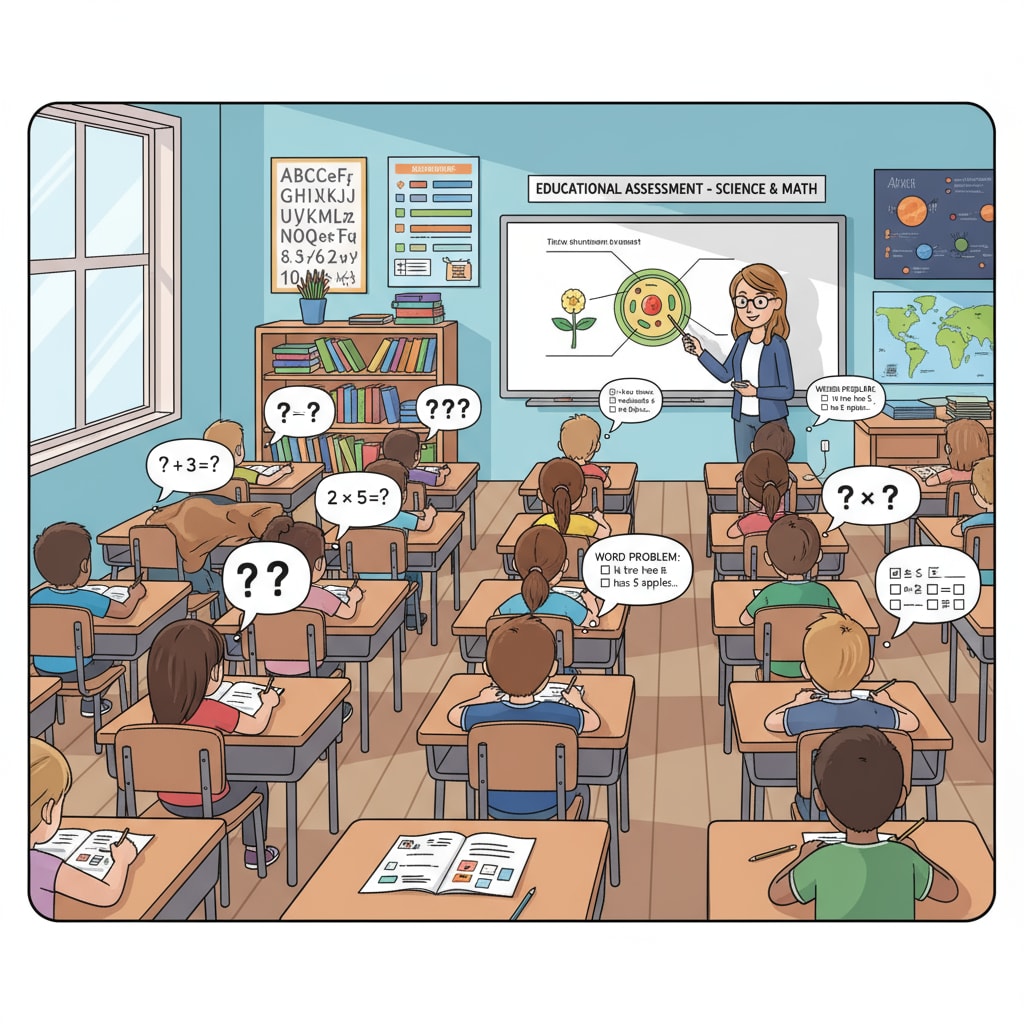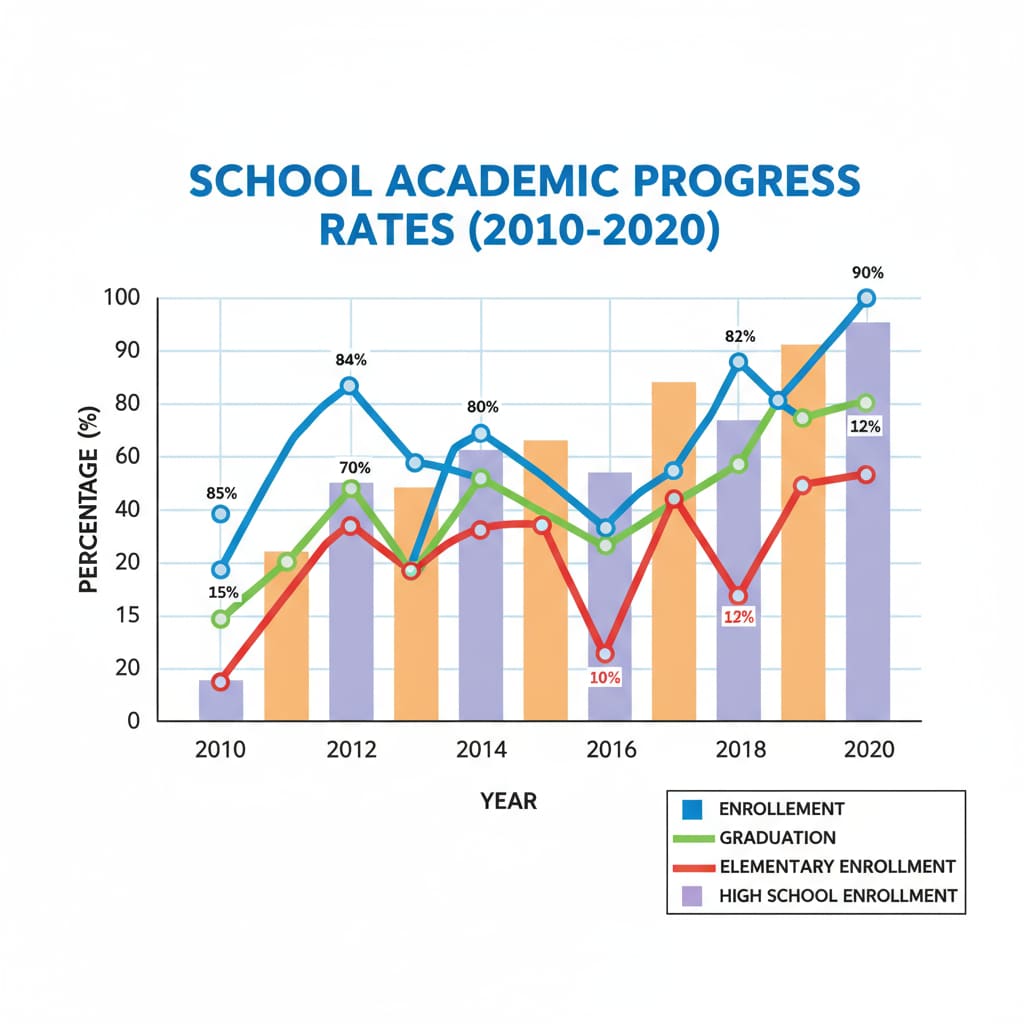In the realm of K12 education, school statistics, PISA, and educational assessment play pivotal roles in gauging the effectiveness of teaching and learning. Understanding these elements is crucial for educators, policymakers, and stakeholders alike.

The Significance of School Statistics
School statistics provide a wealth of information. They offer insights into student demographics, such as age, gender, and ethnicity. For example, by analyzing the number of students from different ethnic backgrounds, schools can tailor their teaching strategies to meet diverse needs. Additionally, statistics on enrollment rates, dropout rates, and graduation rates help in assessing the overall health of an educational institution. These figures can be used to identify areas that need improvement. As a result, school administrators can allocate resources more effectively. National Center for Education Statistics

Unraveling PISA
PISA, or the Programme for International Student Assessment, is a globally recognized assessment tool. It measures the skills and knowledge of 15-year-old students in reading, mathematics, and science. The methodology behind PISA is comprehensive. It uses a combination of written tests and questionnaires to gather data. This data not only reveals students’ academic performance but also their attitudes towards learning. PISA’s influence is far-reaching. It allows countries to compare their education systems and identify best practices. PISA official website
Other important aspects of educational assessment include internal school evaluations. These can be in the form of classroom tests, assignments, and teacher observations. They provide real-time feedback to students and teachers, enabling immediate adjustments to teaching and learning strategies. In addition, standardized tests at the state or national level also contribute to the overall assessment framework. These tests ensure a certain level of educational standards across different regions.
Readability guidance: As we’ve seen, school statistics offer a foundation for understanding the educational landscape. PISA provides a global perspective on student capabilities. By combining these elements with other forms of assessment, we can create a more comprehensive picture of educational quality. This holistic approach is essential for driving educational improvement and ensuring students receive the best possible education.


